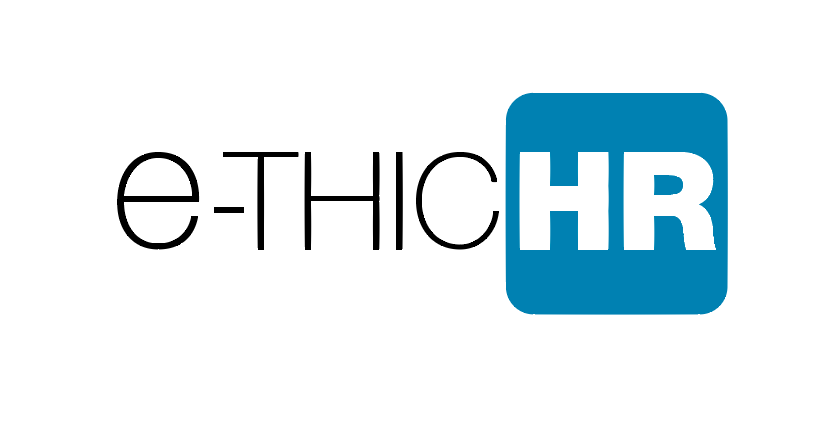by J. Craig Mundy
For two decades we have been hearing that HR must become a strategic partner to the business. And the fact that we’re still hearing it suggests that in many organizations it hasn’t happened.
The need to align HR with the business has become more urgent than ever. Financial markets exert relentless pressure for growth, especially in emerging markets. Customers demand more and better service at lower cost. And cost-efficiency, resource conservation and regulatory compliance have become issues for almost every organization. Turnover among top talent is expected to increase in 2012; globalization is requiring stronger regional HR capabilities; and demographic shifts across the world are dramatically affecting availability of qualified people.
Yet, all too often, business leaders still wonder aloud why their organizations even have HR departments. For their part, many HR leaders are willing to partner with the business, but given the unique situation of each individual company, they have little in the way of concrete guidance about how to fulfill that role.
Let me suggest a way to start. Of every action you take as an HR leader, ask this simple question: does it cause friction in the business or does it create flow? Friction is anything that makes it more difficult for people in critical roles to win with the customer. Flow, on the other hand, is doing everything possible to remove barriers and promote better performance. The question applies to virtually any company in any business and it will take you farther down the road faster than the hazy, abstract injunction to become a strategic partner. Even in what appear to be routine HR responsibilities, you can inject the business perspective simply by asking whether what you are doing is going to enhance the flow of the business or impede it with friction.
Why is it so difficult to inject that business perspective? Because as HR leaders we feel ourselves to be near the pinnacle of the organization. The organization reports to us. It must meet our demands for information, documents, numbers.
In fact, that’s backwards. We are far removed from the points and people that make a difference with customers and a difference to the business. Our perspective should be that of seeing to it that the people at those points can perform as smoothly, productively, and frictionlessly as possible.
Think, for example, of your talent strategy. Do you simply manage talent, or do you provide talentsolutions that reduce friction and enhance the flow of the business? Often we pride ourselves on trying to recruit the best talent we can find and consistently and fairly spending our resources and focusing our attention equally on everyone. But does that really enhance the flow of the business?
To truly be partners to the business we must identify those critical points of the business where the strategy succeeds or fails, and provide relevant talent solutions. In other words, we must think in terms of what Brian E. Becker, Mark A. Huselid, and Richard W. Beatty call « the differentiated workforce, » in their book of the same name. That means managing talent as a portfolio of investments, some of which will pay a much higher return than others. Instead of spending an equal amount of time, attention and resources on everyone equally, you make disproportionate investments in the most critical roles and critical people — not just in terms of compensation, but in terms of development, opportunities, retention, engagement, and human capital planning. All jobs in a business unit are important, but not all are strategic and have maximum impact on the economic value of the business.
Many business units spend time each year identifying talent and competency needs, but few get real about it by developing plans around winning in their critical talent spaces. Let’s say you have, in your opinion, spent the appropriate amount of time identifying your strategic talent needs — the difference-making roles. Then ask yourself how much time you and your HR team and line leaders spend focusing on solutions for acquiring, developing, engaging and retaining the talent to fill those needs? Or do you have the « equality » mentality — devoting the same amount of attention to everyone? It’s shocking how many HR leaders say that their business has a strategic priority such as accelerating growth in emerging markets, but they and their teams spend little time in emerging markets. Does your investment of time and resources match your business strategy? If not, you are creating friction in the business that diminishes strategic impact.
